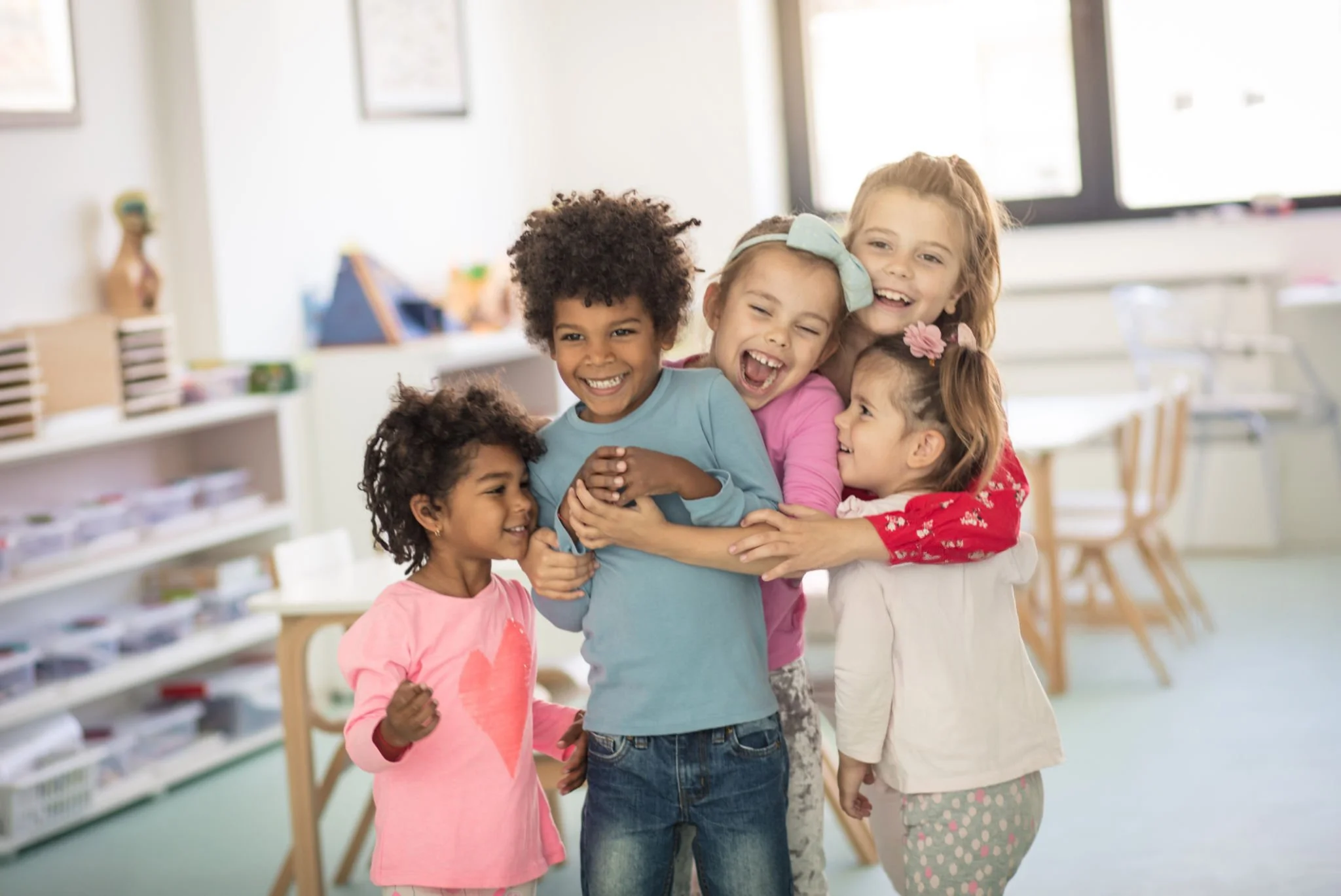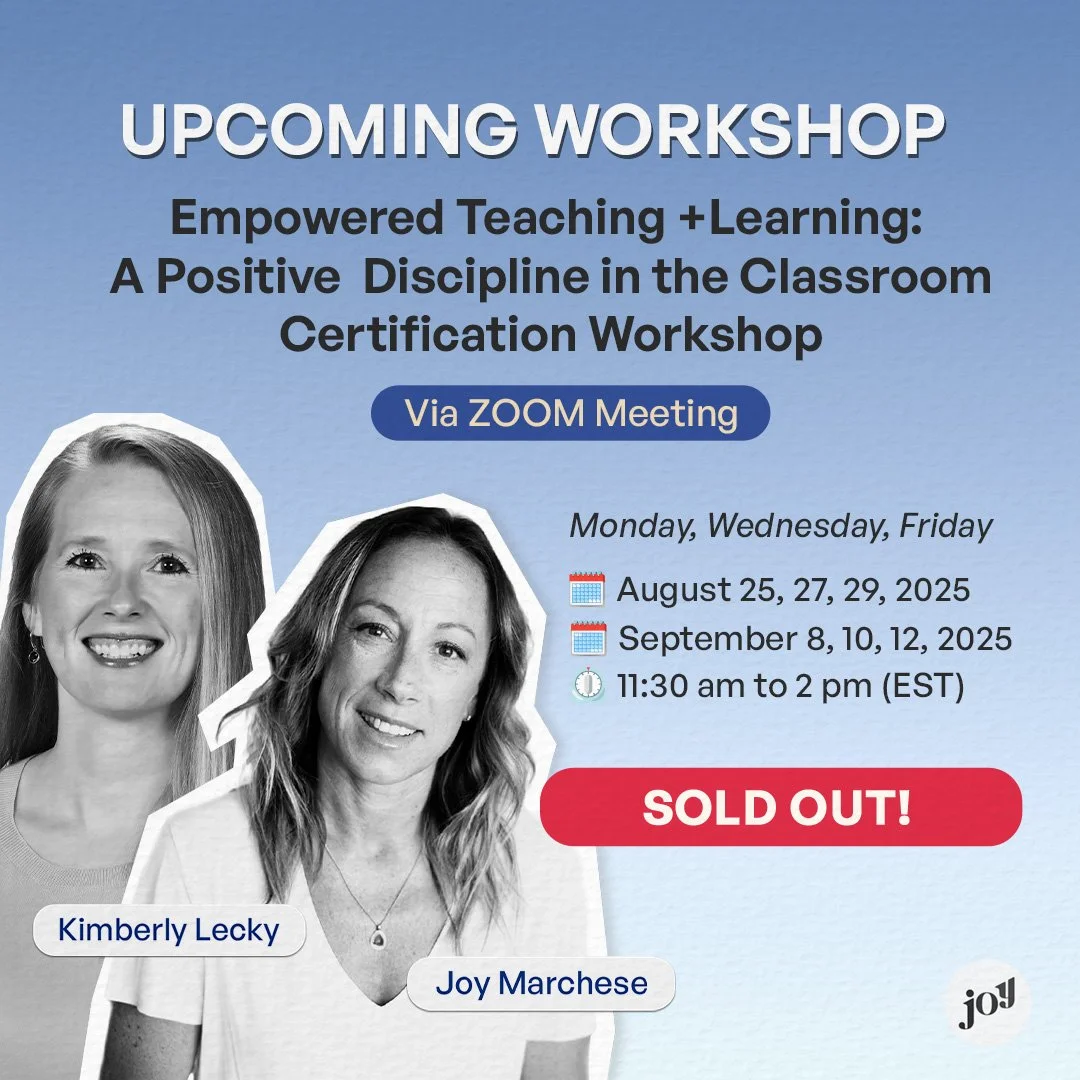Classroom Ready: The SEL Mindset for a New School Year
“Every day, in a 100 small ways, our children ask, ‘Do you hear me? Do you see me? Do I matter?’ Their behavior often reflects our response.”
— L.R. Knost
We’ve reached the final week of our July series—and maybe, if you’re like most teachers or parents, you’re also reaching the tail end of summer energy (and patience).
July always has that slow, sun-drenched feel to it. A bit of breathing space. A little room to reflect, recharge, and… let’s be honest, gear up.
Because whether we’re ready or not, a new school year is just around the corner.
But what if—this time—we don’t rush in with just new supplies and lesson plans?
What if we also step into the new year rooted in something deeper?
That’s what this series was all about.
And today, we’re tying it all together.
So, Why SEL? Why Now?
Because no matter how brilliant your curriculum is, no matter how many classroom strategies you have in your back pocket—none of it lands without connection.
Kids don’t learn from people they don’t feel safe with.
They don’t retain knowledge in classrooms where they feel unseen, misunderstood, or constantly corrected.
They can’t self-regulate when the adults around them are always on the verge of burnout.
And they don’t magically “grow out” of big feelings without being taught how to work through them.
Social and Emotional Learning isn’t fluff. It’s not a warm-up activity. It’s not a buzzword.
It’s the soil where everything else grows.
And the more we nurture it, the more every other part of teaching and parenting gets easier, deeper, and more rewarding.
Let’s take a breath and recap what we’ve dug into over the past four weeks:
Week 1: We laid the groundwork—SEL isn’t extra, it’s essential. Kids learn best when they feel safe, seen, and connected.
Week 2: We reminded ourselves that SEL begins with us. Kids absorb our tone, our reactions, and our willingness to regulate and repair.
Week 3: We explored how SEL isn’t something to “add on”—it can be embedded into the way we already teach, talk, and connect.
Week 4: We unpacked the brain science behind behavior and regulation—and how Positive Discipline supports brain-friendly learning.
So now, the question is: What do we do with all this?
Let’s face it: August will arrive with its usual buzz of schedules, labels, and endless Google Docs. But this year, we invite you to start with something deeper than logistics.
Start with intention.
Quick Tips to Weave SEL into What You’re Already Doing
Here are a few small, simple ways to start:
1. Lead with connection.
Before jumping into rules or routines, build relationships. Those first few weeks? They’re not about control—they’re about trust.
2. Model emotional honesty.
Let kids see you name your feelings and navigate them. “I’m feeling a bit nervous about the first day too” goes a long way.
3. Focus on belonging before behavior.
When kids feel they matter, they’ll show up differently. Misbehavior often signals disconnection, not defiance.
4. Embrace do-overs.
For you and your students. Mistakes are inevitable—what matters is how we repair and learn.
5. Keep the conversations going.
Use morning meetings, story time, or quiet moments to ask, “How are you feeling today?” and mean it.
You don’t need to be perfect. You don’t need to have every SEL tool memorized. You just need to remember:
Kids learn from connection.
Brains grow in safe, supportive environments.
And the most powerful teaching tool you have… is you.
ALSO We’ve got exciting (and bittersweet) news...
Our August & September Online Positive Discipline in the Classroom Certification is officially sold out—and we’re so grateful for the overwhelming response! 💛
Missed your chance? No worries.
You can still bring this transformational experience directly to your school or community.
Whether it’s a school-wide training, a staff PD day, or a tailored SEL experience—we’ll come to you.
👉 Get in touch to bring us to your school
Let’s make this school year one rooted in connection, collaboration, and Positive Discipline from the inside out.
Thank you for walking through this July series with us.
We hope you step into this new school year not just prepared—but rooted, resourced, and ready to grow what matters most.




